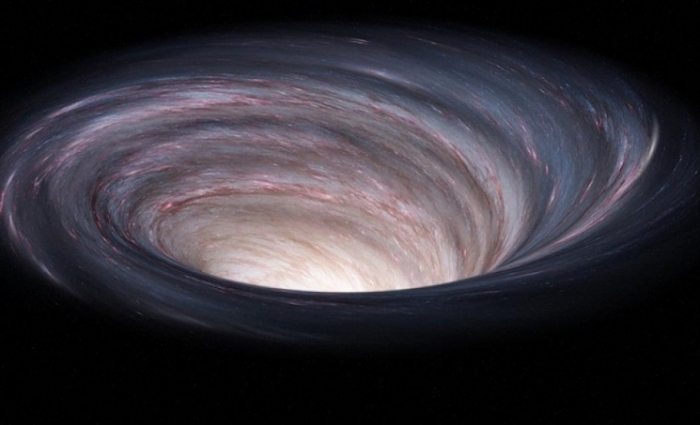The discovery represents the furthest detection of a black hole merger to date and the earliest instance of the phenomenon ever observed in the universe's history, according to the European Space Agency.
One of the black holes possesses a mass equivalent to 50 million times that of the sun.
The colossal black holes likely played a significant role in shaping the development of their host galaxies.
But there is still a gap in understanding about how the entities grew to such immense sizes.
The detection of gigantic black holes within the first billion years after the Big Bang suggests an incredibly rapid and early growth process.
The James Webb Space Telescope is now offering fresh insights into the early-stage growth of black holes.
Distinctive spectroscopic features associated with actively accreting matter onto massive black holes enable astronomers to detect them.
“We found evidence for very dense gas with fast motions in the vicinity of the black hole, as well as hot and highly ionised gas illuminated by the energetic radiation typically produced by black holes in their accretion episodes,” said lead author Hannah Ubler from the University of Cambridge in the UK.
The finding were published in the Monthly Notices of the Royal Astronomical Society.
AzVision.az
More about:
















































